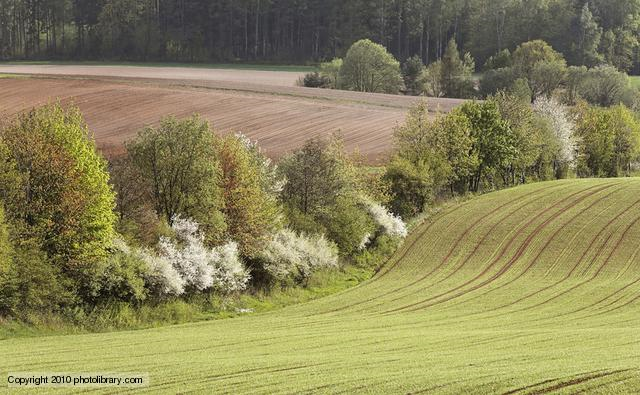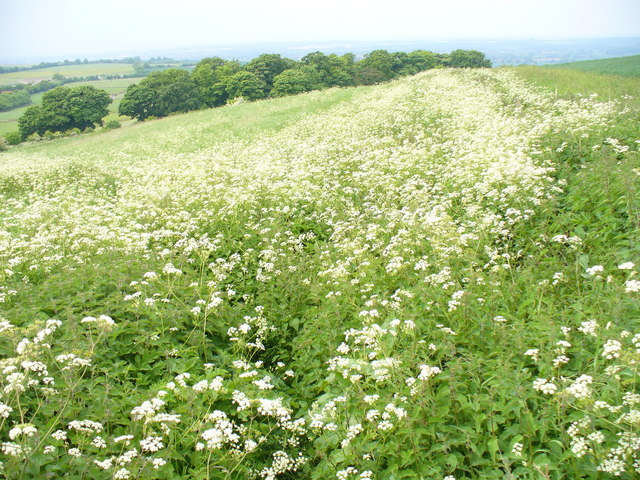Buffer strips are areas of natural vegetation cover (grass, bushes or trees) at the margin of fields, arable land, transport infrastructures and water courses. They can have several different configurations of vegetation found on them varying from simply grass to combinations of grass, trees, and shrubs. Due to their permanent vegetation, buffer strips offer good conditions for effective water infiltration and slowing surface flow; they therefore promote the natural retention of water. They can also significantly reduce the amount of suspended solids, nitrates and phosphates originating from agricultural run-off. Buffer strips can be sited in riparian zones, or away from water bodies as field margins, headlands or within fields (e.g. beetle banks). Hedges across long, steep slopes may reduce soil erosion as they intercept and slow surface run-off water before it builds into damaging flow, particularly where there is a margin or buffer strip alongside. For the purpose of this catalogue, riparian buffer (see F1) are considered a separate NWRM as they generally have different design, implementation and management criteria.
 |
 |
|
Hedgerow (UK) |
Beetle bank (UK) Source: http://commons.wikimedia.org/wiki/File:On_Fox_Hill_-_geograph.org.uk_-_816223.jpg? |
| Benefits | Level |
|---|---|
|
BP2 - Slow runoff
|
High
|
|
BP5 - Increase evapotranspiration
|
Medium
|
|
BP6 - Increase infiltration and/or groundwater recharge
|
Low
|
|
BP7 - Increase soil water retention
|
Medium
|
|
BP9 - Intercept pollution pathways
|
Medium
|
|
BP10 - Reduce erosion and/or sediment delivery
|
High
|
|
BP11 - Improve soils
|
Low
|
|
BP14 - Create terrestrial habitats
|
Medium
|
|
BP17 - Absorb and/or retain CO2
|
Medium
|
|
ES3 - Natural biomass production
|
Low
|
|
ES4 - Biodiversity preservation
|
Low
|
|
ES5 - Climate change adaptation and mitigation
|
Medium
|
|
ES6 - Groundwater/aquifer recharge
|
Medium
|
|
ES7 - Flood risk reduction
|
High
|
|
ES8 - Erosion/sediment control
|
High
|
|
ES9 - Filtration of pollutants
|
High
|
|
PO1 - Improving status of biology quality elements
|
Low
|
|
PO2 - Improving status of physico-chemical quality elements
|
Low
|
|
PO3 - Improving status of hydromorphology quality elements
|
Medium
|
|
PO4 - Improving chemical status and priority substances
|
Low
|
|
PO5 - Improving quantitative status
|
Low
|
|
PO6 - Improving chemical status
|
Low
|
|
PO7 - Prevent surface water status deterioration
|
High
|
|
PO8 - Prevent groundwater status deterioration
|
Medium
|
|
PO9 - Take adequate and co-ordinated measures to reduce flood risks
|
High
|
|
PO10 - Protection of important habitats
|
Low
|
|
PO11 - Better protection for ecosystems and more use of Green Infrastructure
|
High
|
|
PO12 - More sustainable agriculture and forestry
|
High
|
|
PO13 - Better management of fish stocks
|
Low
|
|
PO14 - Prevention of biodiversity loss
|
High
|
